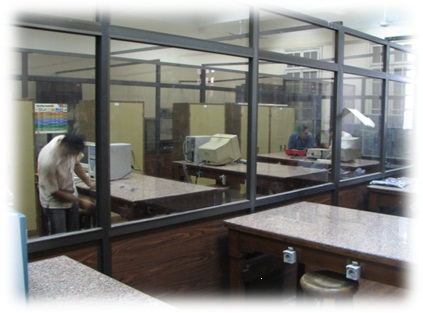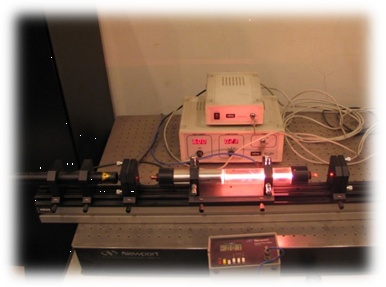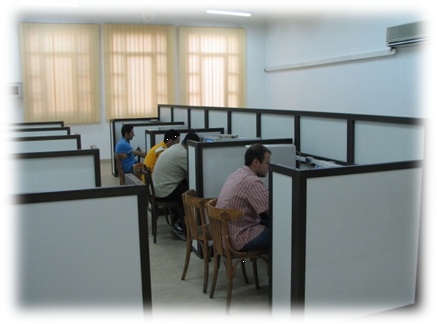Prof. Khaled ELSAYED and Dr. Ahmed KHATTAB make EECE visible in GLOBECOM2013


Prof. Khaled ELSAYED Dr. Ahmed KHATTAB
The IEEE flagship conference - GLOBECOM2013 - was held in Atlanta/GEORGIA (USA) during the period 9 - 13 December 2013. Two of the EECE Staff have attended this high profile annual event and presented two papers. The particpants are:
Prof. Khlaed ELSAYED
Dr. Ahmed KHATTAB
The presented papers are summarized below:
Paper 1:
Title: Autonomous Opportunistic Spectrum Access in Distributed Femtocell Networks
Authors: Ahmed Khattab and Khaled Elsayed
Abstract: Femtocells randomly deployed in a given macrocell coverage area share the wireless spectrum available to the macrocell. The unplanned and ad hoc nature of the femtocell deployment in the macrocell environment renders centralized frequency planning inapplicable. Furthermore, the femtocells are unable to apriori know neither the channel assignment of their neighbours nor the impact of their transmissions on nearby macrocell users due to the lack of explicit coordination. In this paper, we present the distributed Autonomous Opportunistic Channel Access (AOCA) framework that allows the femtocells to share the available spectrum with the overlaying macrocell without relying on any kind of coordination neither between the macrocell and femtocells nor amongst the femtocells. Furthermore, it provides statistical guarantees on the performance of the macrocell users. We formulate the AOCA constrained spectrum access problem as non-linear program to find its optimized parameters' settings. Simulation results show that AOCA achieves multiple folds improvement in the femtocell network throughput due to its probabilistic and non-greedy access mechanism that enables multiple neighbouring femtocells to simultaneously use a given channel.
Paper 2:
Title: Enhanced ABSF Offsetting with Virtual Arbitrary Blanking Rate for Time Domain eICIC in LTE-Advanced
Authors: Mahmoud Kamel and Khaled Elsayed
Abstract: Almost-blank subframe (ABSF) is a time-domain technique, proposed by the 3GPP to handle Inter-Cell Interference (ICI) in heterogeneous network environments (HetNet). ABSF offsetting is a novel scheme designed to reduce the blanking rate at the femto-cells operating in a HetNet comprised of macro-cells and femto-cells. This reduction in the blanking rate significantly improves the throughput of the femto-cell layer and comes with no expense on the macro-cell layer. In this paper we propose a modification to the original 3GPP ABSF proposal that allows a system to virtually achieve an arbitrary blanking rate via proper resource partitioning. Moreover, we also propose various schemes to select the offsetting parameters namely simple round robin, a load balancing scheme based on stretched bin packing, and a hard clustering scheme based on classical set theory. The virtual arbitrary blanking rate for resource partitioning, and the offsetting techniques are evaluated through simulation and the results show that the virtual arbitrary blanking outperforms the highest blanking rate available in the 3GPP eICIC proposal, with the minimal effect on the throughput of the femto-cell layer, thanks to ABSF offsetting. The results also show that the balanced offsetting and clustering-based offsetting achieves a higher fairness index between the macro-cell UEs both normal and victim.




